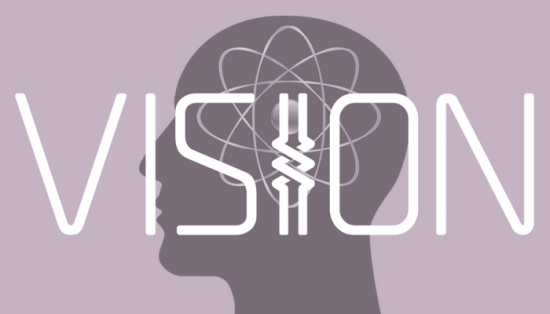
AI is quickly transforming the cybersecurity field in different ways imaginable. Some ways in which other security vendors are hoping to implement AI into their services, solutions, or business strategies include incident detection, incident response, and risk management.
Cloudbric recognizes that web attacks are constantly evolving so what better way to combat and detect modern cyberattacks than with a deep learning-powered universal security platform?
Enter VISION — Cloudbric’s deep learning engine that will form the basis for not only its security platform but also its decentralized cybersecurity ecosystem that boasts a user-powered security rewards system and a cybersecurity resource hub for developers, Cloudbric Labs.
How does VISION work?
When Cloudbric began envisioning a deep learning engine for its security services, most deep learning machines at that time couldnot properly convert characters into sets of distinguished images. Luckily, Convolutional Neural Network (CNN) arose as one of the leading deep learning architectures. VISION relies on a CNN learning model that is able to extract patterns of behavior using a diverse set of attack inputs and data. What are the benefits of CNN? CNN is computationally efficient and can address every image related problem. More information about CNN can be found here.
How does VISION differ from other deep learning/AI-based engines?
One major challenge Cloudbric faced was during the deep learning machine selection process. When attempting to apply web attacks to the machine, certain characters in the URLs could be imputed but not recognized, which is where the team ran into problems. This is because the machine only accepts the conventional set of 68 letters (i.e. abcdefghijklmnopqrstuvwxyz0123456789,;.!?:’”/|_@#$%^&*~`+-=()[]{}).
Because Cloudbric needed to make sure the machine could accept all characters, including those derived from unique web attacks URLs and a variety of languages, the research and development came up with a new solution: a method to help “convert” cyber attacks in UTF-8hexadecimal format by turning it into an image first and then feeding it back into to the deep learning machine. With this, the machine will be able to recognize web traffic. Additionally, Cloudbric is experimenting with incremental learning in order to improve machine accuracy. Though still in its primitive stage, early testing has indicated a 85% accuracy rate increase compared to Cloudbric’s existing WAF, which already boasts one of the lowest false positive rates in the market. Cloudbric’s has plans to patent this technology under the name VISION.
What is VISION’s goal?
In a nutshell, VISION aims to power Cloudbric and pave for it to become one of the most accurate and low false positive rated, overarching cybersecurity solutions on the market. Through its integration into Cloudbric’s existing and soon-to-be developed security solutions that comprise the universal security platform, VISION will lead the way in transforming the cybersecurity realm with its deep-learning capabilities.





